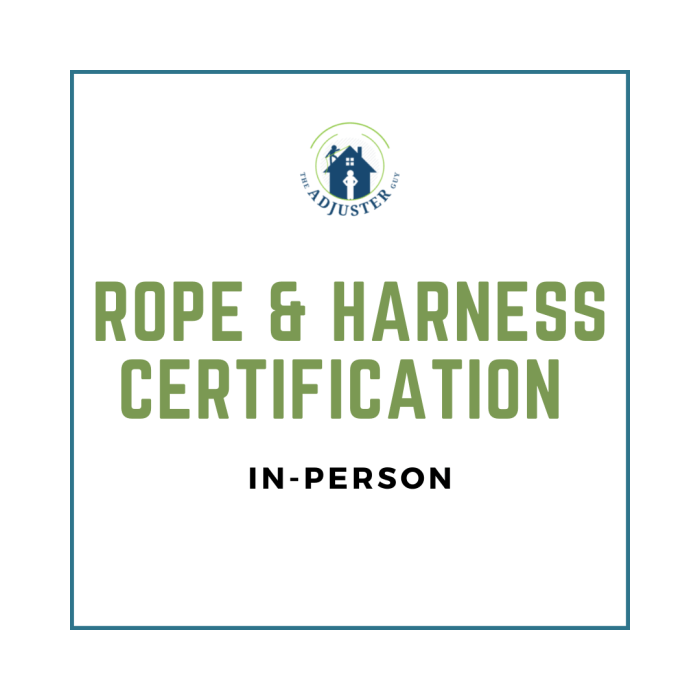Pilot rope and harness certification is a critical aspect of ensuring the safety and well-being of workers in various industries, including construction, wind energy, and telecommunications. This comprehensive guide delves into the significance, benefits, requirements, types, and best practices associated with pilot rope and harness certification, providing valuable insights for both individuals and organizations seeking to enhance their safety standards and professional credibility.
The implementation of pilot rope and harness certification programs has proven to be highly effective in reducing workplace accidents, promoting compliance with industry regulations, and fostering a culture of safety awareness among workers. This guide serves as a valuable resource for anyone seeking to gain a thorough understanding of the subject matter, enabling them to make informed decisions regarding certification and its implications.
Pilot Rope and Harness Certification

Pilot rope and harness certification is a formal recognition of an individual’s knowledge and skills in using pilot ropes and harnesses for accessing and working at height. It ensures that workers have the necessary training and experience to safely perform their duties, reducing the risk of accidents and injuries.
Benefits of Certification
Certification offers numerous benefits, including:
- Improved safety for workers:Certification provides workers with the skills and knowledge to safely access and work at height, minimizing the risk of falls and other accidents.
- Compliance with industry standards and regulations:Certification demonstrates that workers meet the industry’s established standards and regulations for working at height.
- Enhanced credibility and professionalism:Certified workers are recognized for their expertise and professionalism, enhancing their credibility and reputation in the industry.
- Increased career opportunities:Certification opens up new career opportunities for workers, as many employers require certification for individuals working at height.
Requirements for Certification
To obtain certification, individuals must typically meet the following requirements:
- Minimum age and experience requirements:Most certification programs have minimum age and experience requirements, such as being at least 18 years old and having a certain amount of experience working at height.
- Medical and physical fitness standards:Individuals must pass a medical and physical fitness exam to ensure they are physically capable of working at height.
- Training and education programs:Individuals must complete a comprehensive training and education program that covers topics such as rope access techniques, safety procedures, and equipment maintenance.
Types of Certification, Pilot rope and harness certification
There are various types of pilot rope and harness certifications available, including:
- Basic pilot rope and harness certification:This is the entry-level certification that covers the fundamental skills and knowledge required for working at height.
- Advanced pilot rope and harness certification:This certification provides advanced skills and knowledge for working in more complex and challenging environments.
- Specialized certifications for specific industries or applications:These certifications are designed for individuals working in specific industries or applications, such as wind turbine maintenance or bridge inspection.
Query Resolution
What are the minimum age and experience requirements for pilot rope and harness certification?
The minimum age and experience requirements vary depending on the specific certification program and industry standards. Generally, individuals must be at least 18 years of age and possess relevant experience in working at heights.
What is the purpose of ongoing training and professional development for maintaining certification?
Ongoing training and professional development ensure that certified individuals remain up-to-date on the latest industry standards, techniques, and safety protocols. This helps maintain their competence and ensures they continue to meet the requirements for certification.
What are the consequences of non-certification for workers and employers?
Non-certification can lead to increased safety risks for workers, as they may not have received the necessary training and assessment to work safely at heights. Employers may face legal liability and reputational damage in the event of an accident involving an uncertified worker.


